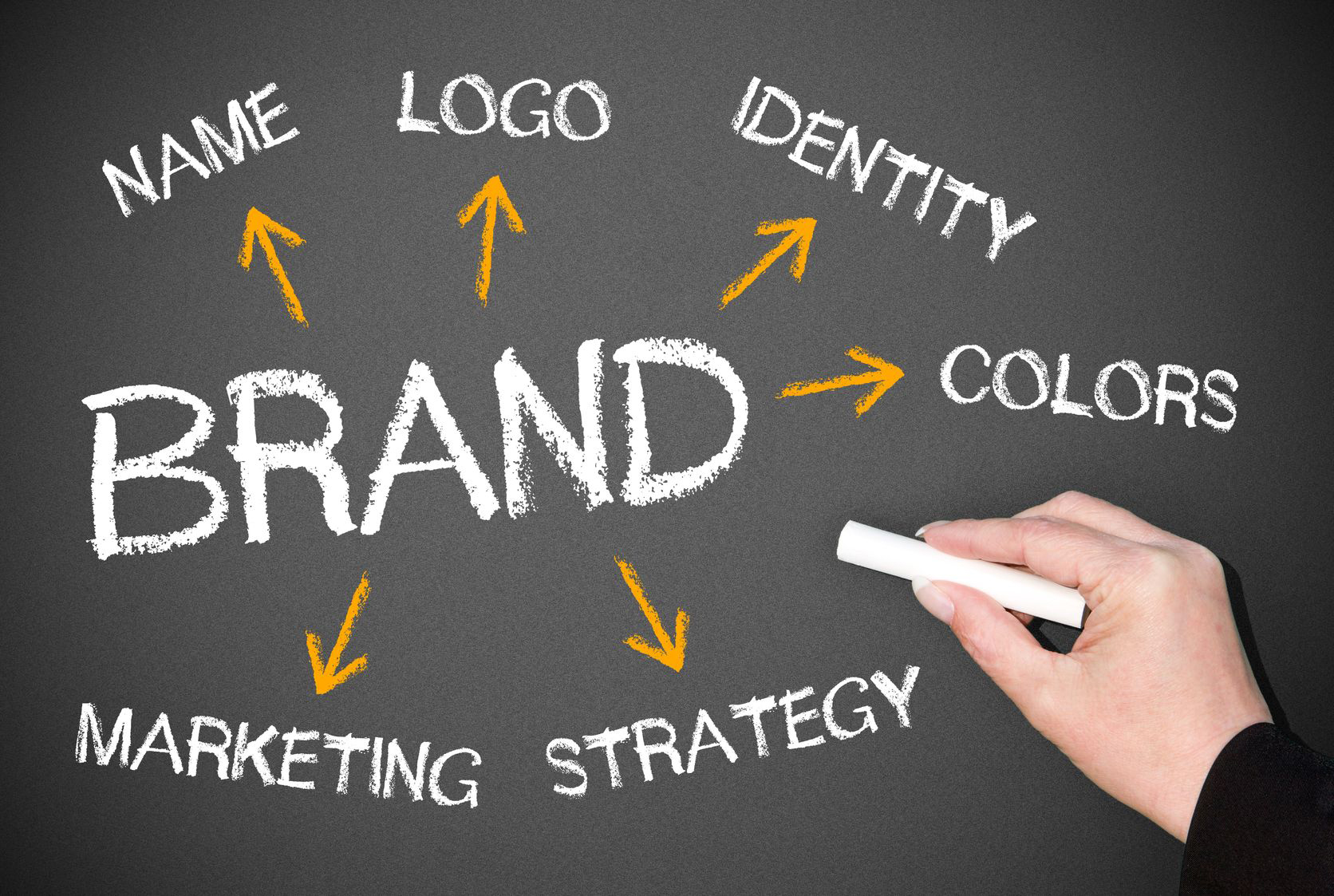
Branding is more than just a logo or a catchy slogan. It’s the essence of your business, the story you tell, and the emotions you evoke in your customers. In today’s fast-paced and competitive market, effective branding can be the difference between a business that thrives and one that gets lost in the crowd.
But what exactly is branding, and why is it so essential? Let’s explore the core of branding and how it shapes the way your audience perceives your business. What is Branding?
Branding is the process of creating a unique identity for your business. It’s how you communicate who you are, what you stand for, and why customers should choose you. It encompasses everything from your visual identity—logo, colors, and design—to your messaging, tone, and customer experience.
Think of some of the world’s most iconic brands: Apple, Nike, or Coca-Cola. Their branding is so strong that their logos alone evoke emotions, memories, and trust. That’s the power of branding—it turns your business into something memorable and meaningful. Why is Branding Important?
In a sea of competitors, strong branding makes your business stand out. Consistent use of colors, logos, and messaging helps people recognize your brand instantly. This recognition creates familiarity, and familiarity breeds trust. 2. Establishes Trust and Credibility
A well-crafted brand communicates professionalism and reliability. When customers see a cohesive, polished brand, they’re more likely to trust you. Trust is the foundation of loyalty, and loyal customers are invaluable to any business. 3. Creates an Emotional Connection
Great branding goes beyond products and services—it connects with people on an emotional level. Whether it’s a sense of adventure, comfort, or innovation, a strong brand resonates with its audience and creates lasting relationships. 4. Differentiates You from Competitors
In crowded markets, your brand is what sets you apart. It’s your unique value proposition—the reason customers choose you over others. A distinct brand helps you carve out your own space in the marketplace. 5. Supports Marketing Efforts
Your brand is the backbone of your marketing strategy. A strong brand provides direction and consistency, making it easier to create effective campaigns. Whether it’s a social media post, an ad, or an email, your branding ensures that your message aligns with your identity. Key Elements of a Strong Brand
Why does your business exist? What problem do you solve? Your brand’s purpose is the foundation of your identity. It guides your decisions and gives customers a reason to care about your business. 2. Consistent Visual Identity
From your logo and color palette to your typography and design style, your visual identity should be cohesive and memorable. Consistency across all platforms—website, social media, packaging—reinforces your brand’s image. 3. Authentic Messaging
Your brand voice and tone should reflect your values and resonate with your target audience. Whether you’re fun and playful or serious and professional, authenticity is key. 4. Customer Experience
Every interaction a customer has with your business contributes to your brand perception. From how you answer emails to how your product is packaged, ensure that every touchpoint reflects your brand’s values. 5. Emotional Appeal
Strong brands evoke emotions. Think about how Nike inspires motivation or how Apple sparks creativity. What emotion do you want your brand to evoke? Build your messaging and imagery around that feeling. Steps to Build a Strong Brand
Start by identifying your mission, vision, and core values. Who are you as a business? What do you stand for? Use these answers to shape your brand’s identity. 2. Understand Your Audience
Your brand should speak directly to your target audience. Research their needs, preferences, and pain points to create a brand that resonates with them. 3. Craft a Compelling Story
Every brand has a story. Share yours in a way that’s engaging and relatable. People connect with stories, so use your narrative to humanize your brand. 4. Create a Visual Identity
Invest in a professional logo, choose a color palette, and select fonts that align with your brand’s personality. Ensure these elements are consistent across all your platforms. 5. Be Consistent
Consistency is the hallmark of a strong brand. Whether it’s your website, social media, or customer interactions, ensure that your brand’s message and appearance are always aligned. 6. Engage with Your Audience
Connect with your audience through meaningful interactions. Social media, blogs, and customer service are great opportunities to showcase your brand’s personality and values. The Long-Term Benefits of Branding
A strong brand doesn’t just attract customers—it creates advocates. When people connect with your brand, they’re more likely to recommend it to others, driving organic growth. Over time, branding builds loyalty, increases your business’s value, and positions you as a leader in your industry.
Remember, branding is not a one-time task—it’s an ongoing process. As your business evolves, your brand should grow and adapt while staying true to its core values. Conclusion
Branding is the soul of your business. It’s what makes your customers feel something when they think of you. It’s the reason they choose you, trust you, and stay loyal to you.
Whether you’re just starting out or looking to refresh your identity, investing in your brand is one of the most impactful decisions you can make. A strong brand doesn’t just sell—it inspires, connects, and endures.
Need help creating a brand that stands out? At VeloEffect, we specialize in crafting unique and impactful branding solutions, from logo design to full brand identity. Let us help you tell your story and leave a lasting impression. Contact us today at info@veloeffect.com.